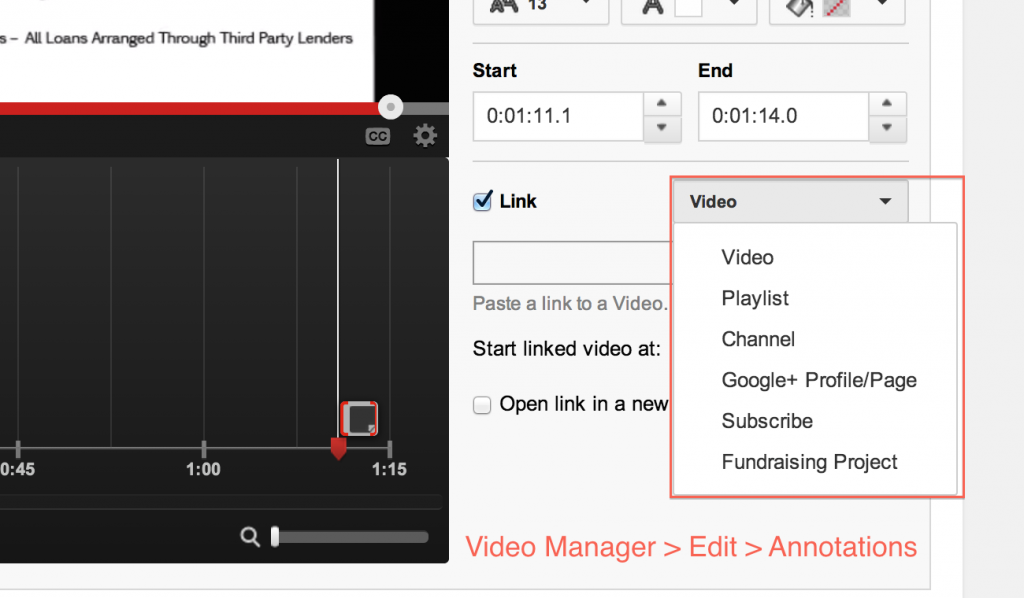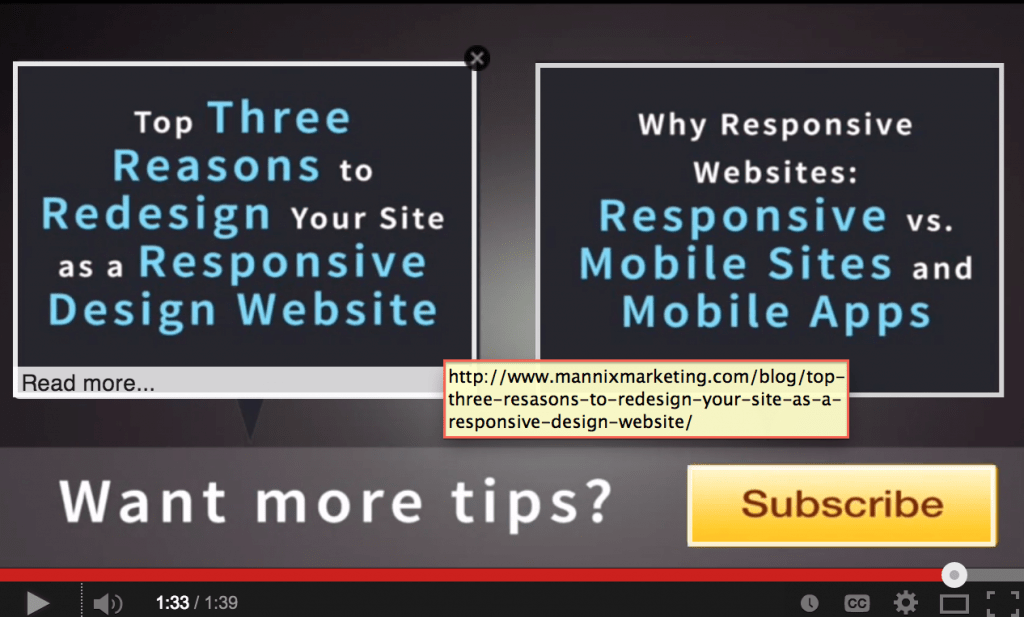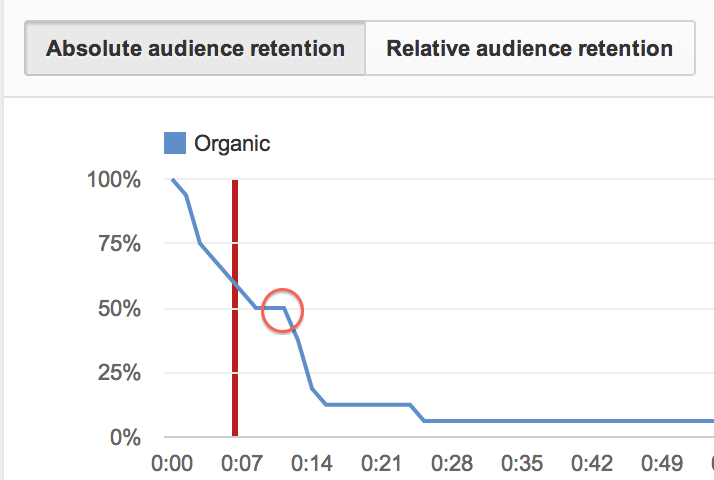The world’s second largest search engine, YouTube, premieres many products, services and authority figures in a wide array of industries. It’s no secret that having an active and engaging YouTube campaign can help you get found on the web. If you want to drive more YouTube viewers to your website and turn those thumbs up into leads, then it’s time you start using associated website annotations in your YouTube videos.
The Basics: What Are Annotations?

You can set up annotations under Video Manager and link out anytime during the video. If you are creating a how-to video, then linking to similar videos from authorities in your field can increase your search ranking. If you are creating a commercial for a fundraising campaign, then link off to your Kickstarter profile as a great call to action.
For many of you YouTube beginners, the diverse features of YouTube now-a-days allows for much more interaction with your viewers. And more importantly, annotations give you the opportunity to expand beyond the confines of the video player.
Anyone signing up for a YouTube account has access to six basic annotations:
- Video: Link to another YouTube video
- Playlist: Link to a YouTube playlist
- Channel: Link to a YouTube channel
- Google+ Profile/Page: Link to a Google+ profile or page
- Subscribe: Link to subscribe to your channel
- Fundraising Project: Link to a fundraising project such as a Kickstarter campaign
The Good Stuff: What Are Associated Website Annotations?

Today, associated website annotations allow you to directly link to pages on your website or merchandise pages such as Google Play, iTunes and Shopify.
In the past, YouTube only allowed your website URL in the description of the video. Videos that ranked high in the search engine were only giving brand exposure but were not offering much interaction with viewers.
Getting Started with Associated Website Annotations
To get started with associated website annotations, select your most popular videos first since these videos will provide the most potential traffic to your website. Looking at the analytics of these videos, place good annotations before major drop-offs in views. For example, if your audience stops watching your video at the 1:00 mark, then put an associated website annotation link to a related blog post on your website on the 00:50 mark.

It will take a few tries before you get a firm handle on using annotations on your YouTube videos. Before you know it, you’ll be editing your YouTube videos to fit your associated website annotation ideas!


